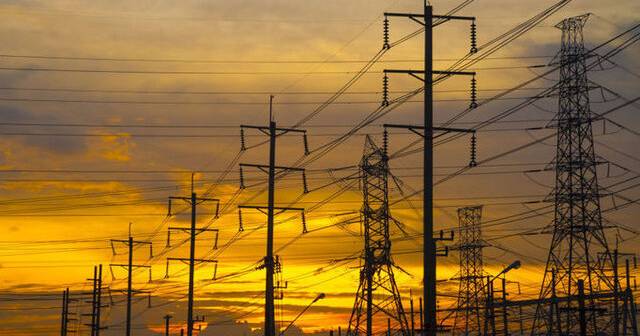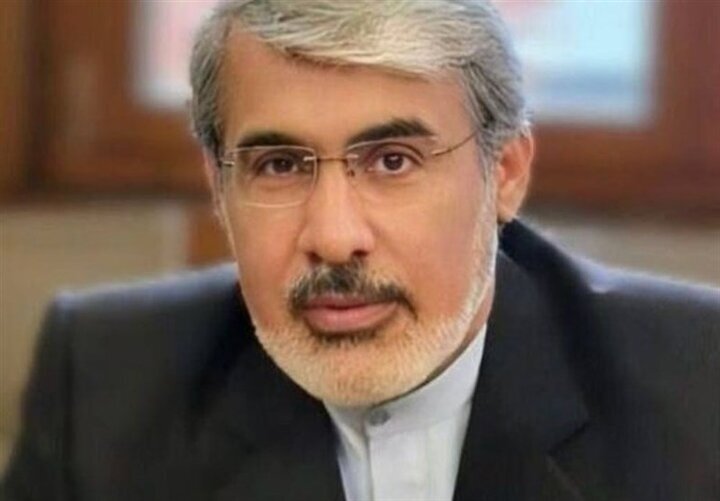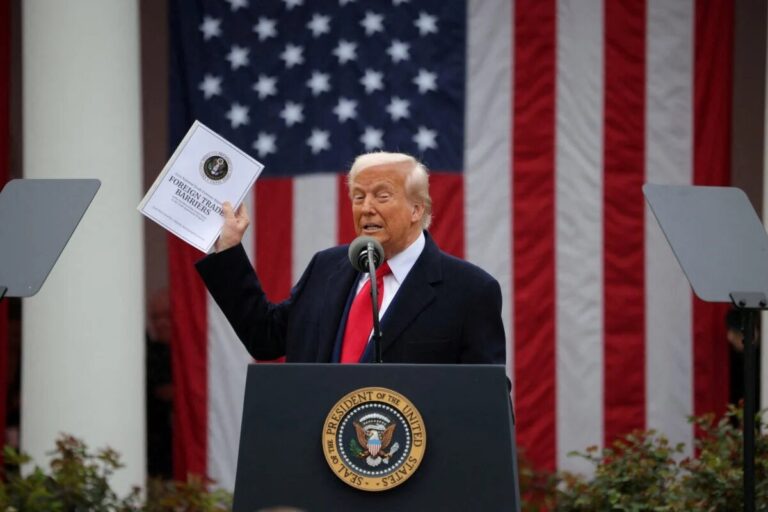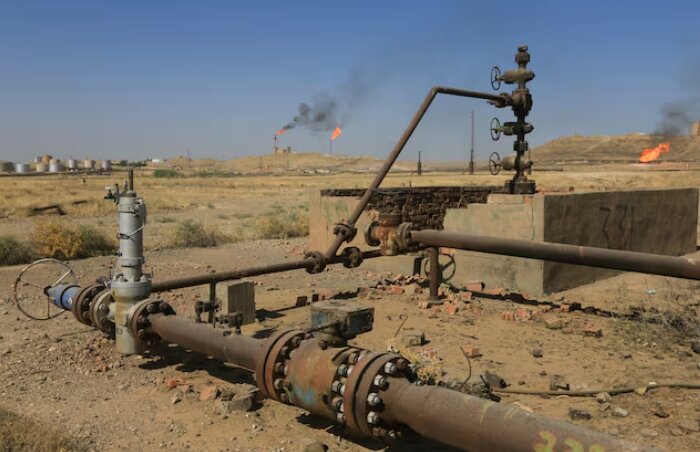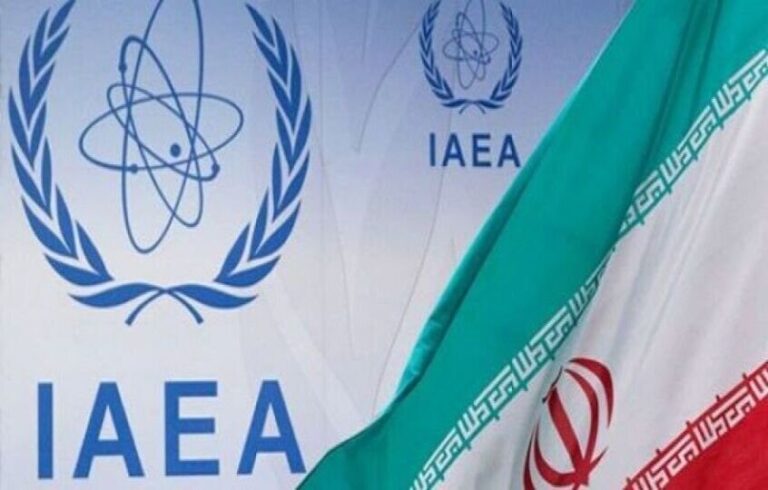Revealing Confidential Data Uncovers Iran’s Energy Crisis: An In-Depth Look at the Struggles
In recent months, the Iranian energy sector has faced heightened scrutiny as President Masoud Pezeshkian’s administration has been accused of disseminating inflated and misleading data. This phenomenon appears to stem from a desire to alleviate public discontent regarding the persistent and deepening blackouts across the country. Despite claims of significant increases in gasoline and natural gas production, a confidential document from the Oil Ministry has revealed a troubling reality that contradicts these assertions.
The Iranian population has been grappling with year-round energy deficits, with shortages during peak demand seasons climbing as high as 25% for electricity and natural gas, and 30% for gasoline. As energy development projects stagnate, officials have resorted to optimistic public messaging, deploying dubious statistics to imply improvements that are not supported by internal data.
Misleading Claims from Officials
In late 2024, Mohammad-Sadegh Azimifar, CEO of the National Iranian Oil Products Distribution Company, claimed that daily gasoline output had surged by 10 million liters, with diesel production increasing by 13 million liters over the past year. However, a confidential internal report revealed the following:
- Base gasoline production at Iranian refineries rose by only 1.5 million liters in late 2024 compared to the same period in 2023.
- For the entire year, gasoline production growth was merely 3.5%, equating to 3.76 million liters per day.
- Diesel output reflected a similar trend, with an increase of just 3% or 3.38 million liters per day for the year.
Moreover, consumption of both fuels surged by 7.5% in 2024, amounting to an additional 7 million liters per day, thereby exacerbating Iran’s fuel deficit. Despite the lack of new refineries in recent years, the government has continued to introduce over 1.5 million low-efficiency domestically manufactured vehicles into the market annually, further straining fuel demand.
The Growing Fuel Deficit
In 2024, Iran’s daily base gasoline production was approximately 101 million liters, while consumption soared to 123 million liters. This imbalance has raised concerns about the quality of fuel produced, as the government has resorted to diluting refinery-grade gasoline with substandard additives. The details include:
- Additives comprise various chemical compounds and fuels sourced from petrochemical plants.
- One controversial additive, MTBE, is banned in many Western nations due to its environmental and health hazards.
- In 2018, additive use was at just 5 million liters per day, but has now increased to over 20 million liters, which constitutes more than 20% of the total fuel supply.
This shift raises significant concerns regarding air quality and public health. Alarmingly, only one-quarter of the gasoline produced in Iranian refineries meets European standards, and even this limited share may not fully comply with required specifications.
Gas Production: A Contradiction in Claims
Further complicating the narrative, the head of the South Pars Gas Complex recently announced a 6 billion cubic meter increase in gas fed into the national grid during the last fiscal year, which concluded on March 20. This field alone accounts for 73% of Iran’s natural gas supply. Simultaneously, the CEO of the Iranian Central Oil Fields Company, responsible for about 25% of the nation’s gas, claimed a production boost of 10 million cubic meters per day during the autumn and winter months, translating to at least 2 billion cubic meters of annual growth.
Based on these declarations, one would expect an increase in gas production of at least 8 billion cubic meters for the last year. However, international institutions like the International Energy Agency (IEA) and the Gas Exporting Countries Forum (GECF)—of which Iran is a member—have estimated Iran’s gas output growth to be only about half that amount.
Declining Growth Rates
From 2010 to 2020, Iran enjoyed robust annual gas production growth rates exceeding 5%. However, between 2021 and 2024, this rate has plummeted to around 2% on average. The IEA forecasts suggest that by 2025, gas production will rise by just over 1%.
In conclusion, the Iranian energy sector is grappling with significant challenges, characterized by inflated claims and a reality of dwindling resources. The reliance on misleading data to project an image of progress has only served to deepen public dissatisfaction. As the country continues to face energy shortages, the need for transparency and genuine improvement in the energy sector has never been more critical.
